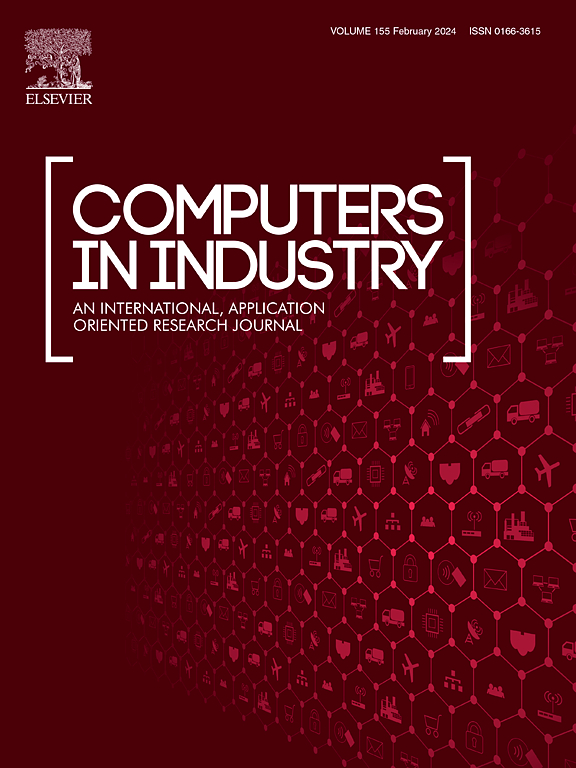A robotic skill transfer learning framework of dynamic manipulation for fabric placement
IF 9.1
1区 计算机科学
Q1 COMPUTER SCIENCE, INTERDISCIPLINARY APPLICATIONS
引用次数: 0
Abstract
Placing fabric poses a challenge to robots since fabric with high dimensional configuration space can deform during manipulation. Existing methods for placing fabric mostly rely on static operations, which are inefficient and require a large workspace. Therefore, this study applies dynamic manipulation (manipulating uncontrollable parts of the fabric by swinging) to fabric placement, proposing a novel learning framework for robotic dynamic fabric placement skill learning and generalization. The proposed framework integrates reinforcement learning with imitation learning, leveraging expert demonstration data to guide and accelerate skill acquisition. Additionally, fabric characteristics are combined with imitation learning to enable the transfer and generalization of the learned policy to real-world environments The experiments suggest that the proposed framework is capable of achieving the placement tasks for a range of positions and fabrics. For success rate, the policy of the proposed framework ultimately achieves a flatness of exceeding 95% and a placement distance error of less than 2 mm. Moreover, the proposed approach is similar in operation time to the fastest method, while it can reduce the space required for manipulating the fabric by over 15%. Compared with other placement policies, it is promising because of its high accuracy, flexibility, efficiency, as well as adaptability.
织物放置动态操作的机器人技能迁移学习框架
由于高维构形空间的织物在操作过程中会发生变形,对机器人放置织物提出了挑战。现有的放置织物的方法大多依赖于静态操作,这种方法效率低下,并且需要很大的工作空间。因此,本研究将动态操作(通过摆动操纵织物的不可控部分)应用于织物放置,为机器人动态放置织物技能的学习和泛化提出了一种新的学习框架。该框架将强化学习与模仿学习相结合,利用专家演示数据来指导和加速技能习得。此外,将织物特征与模仿学习相结合,使学习策略能够迁移和推广到现实环境中。实验表明,所提出的框架能够实现一系列位置和织物的放置任务。在成功率方面,所提出的框架策略最终实现了超过95%的平面度和小于2mm的放置距离误差。此外,该方法在操作时间上与最快的方法相似,同时可以将操作织物所需的空间减少15%以上。与其他定位策略相比,该策略具有精度高、灵活性强、效率高、适应性强等优点。
本文章由计算机程序翻译,如有差异,请以英文原文为准。
求助全文
约1分钟内获得全文
求助全文
来源期刊

Computers in Industry
工程技术-计算机:跨学科应用
CiteScore
18.90
自引率
8.00%
发文量
152
审稿时长
22 days
期刊介绍:
The objective of Computers in Industry is to present original, high-quality, application-oriented research papers that:
• Illuminate emerging trends and possibilities in the utilization of Information and Communication Technology in industry;
• Establish connections or integrations across various technology domains within the expansive realm of computer applications for industry;
• Foster connections or integrations across diverse application areas of ICT in industry.
 求助内容:
求助内容: 应助结果提醒方式:
应助结果提醒方式:


